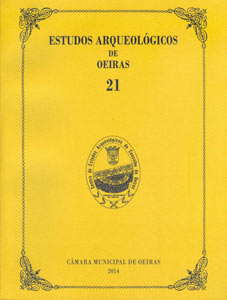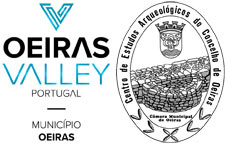Examining old remains: The cave of Pedra Furada 1 (Vila Franca de Xira)
Keywords:
Bell beakers, Bioanthropology, Bronze Age, Megalithism, Neolithic, Zoo-ArchaeologyAbstract
The remains collected by Hipólito Cabaço in the 1950s, following the exploration of the cave of Pedra Furada 1 are presented here. The review of the archaeological and osteological material, the later human and faunal, showed that the cave has been visited and used intermittently between the transition from the fourth and third millennia BC; in the middle and second half of the same millennium, as well as during the second millenium BC. Finaly a specific context was atributed to the Sixteenth Century. Of those periods, the first was associated to a collective funerary use, evidenced by radiocarbon dating of an individual’s bone, but it is plausible that the second period also have been mortuary. However the funerary practice in the second millennium BC is not as certain and might be associated with cavernous cults. And this doubt extends to the modern case. The anthropological study estimated globally a minimum of 34 individuals, 10 adults and 24 not adults of both sexes deposited in this cave.
Downloads
Published
How to Cite
Issue
Section
License
Os artigos publicados são da exclusiva responsabilidade dos Autores.
É expressamente proibida a reprodução de quaisquer imagens sobre as quais
existam direitos de autor sem o prévio consentimento dos signatários dos artigos
respectivos.




